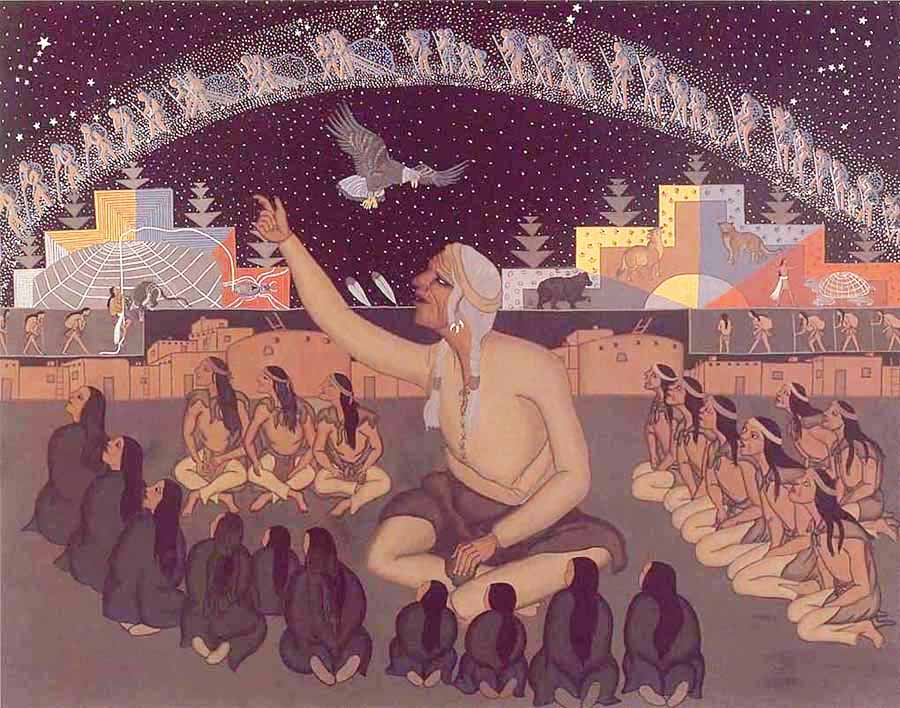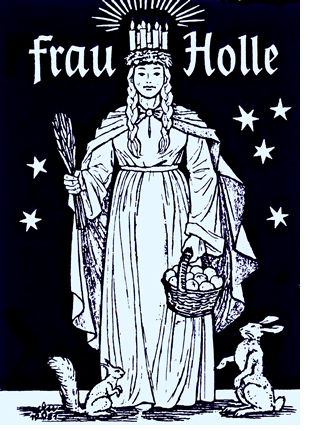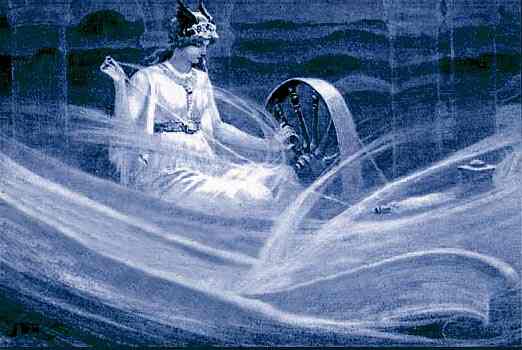 |
| Gabrielle Giffords vigil, 2011 |

It's not even 6 months since the "Dark Knight" massacre in Colorado, or the massacre of 12 people at
a Sikh Temple in Wisconsin, and now 28 people are dead in Connecticut, 20 of them children, at the hand of another young man with an assault rifle. And it's not quite 2 years since the shooting of much loved
Congresswoman Gabrielle Giffords and the death of 6 people, when the President gave a beautiful speech right here in Tucson.
But nothing has changed. This is also what the "return of the Goddess" is about.
I felt like re-publishing
Bill Moyers article from this summer, which he wrote after the deaths in Colorado. But I also was forwarded
today an
important letter by
Henry Lowendorf of the Greater New Haven Peace Council. I feel like posting them both.
 |
| Jared Loughner |
 |
| Wade Michael Page |
 |
| James Holmes |
From: "Henry Lowendorf" ;grnhpeacecouncil@gmail.com
2012 December 15
There is no pain like the loss of a child.
The tragedy that
overtook Newtown yesterday suddenly dropped that pain on too many to
count and left heartsickness in its wake. The children and the adults
who tried to protect them have become waves of memories crashing inside
of us. Our thoughts and prayers go to those so closely devastated with
grief, a grief even shared around the world.
As we,
collectively, try to bear the unbearable, as we pick ourselves up to
live on, to cope, and to look for means to prevent such future tragedies
we must not be nearsighted in investigating the causes.
This is not the
first case of a mass killing in our schools. It is not the sole case of
mass killing of children, for in nearby New Haven and Hartford that many
children are shot and killed on the streets throughout every year.
Because their lives are not taken in a short span of time, public
attention is limited, directed elsewhere, and the shock and sorrow do
not circle very far. Because they are mostly children of color, for many
in the majority white population they are someone else’s children.
Do we pause even
for a moment when we read - do we even read? - stories of Afghan
children, Iraqi children, Palestinian children, Congolese children,
thousands of whose lives are brutally taken in lands battered by war?
They are so far away. Why are these other children deserving less of our
concern? Are they really unrelated to our current tragedy? What we
witness at this moment are the effects of a brief war zone, one
regrettably close to home.
Let us remember a
similarly painful tragedy in 2001 on September 11. Inexcusably, it did
not lead to introspection about the cause and thoughtful efforts aimed
at addressing and removing it. Rather what ensued was a violent reaction
named “shock and awe” whose erroneous goals led to the deaths of tens
of thousands of Afghans, hundreds of thousands of Iraqis, mostly
noncombatants, little children whose lives were totally disconnected
with 9/11 and thousands of our own precious children in avoidable wars.
Those lucky enough to survive have been traumatized for life.
It is not enough to
question the availability of guns and gun ownership policies in the
United States. For we live in an economy of violence that goes far
beyond handguns. Our nation spends over a trillion dollars a year on
building killing machines and actively using them, more than all other
countries combined. Our nation maintains an arsenal of nuclear weapons
that can instantaneously end the lives of all children and all
civilization. Our nation recruits our youth, whom we parents have taught
to cherish life, and teaches them to kill. Our nation buys billions of
dollars of weaponry and sells millions worth of armaments at home and
abroad, sales that fill the coffers of the manufacturers of killing
machines, sales that bind us to the unnecessary, premature deaths of our
global brothers and sisters.
We live in a
culture of violence. On Independence Day 1852, Frederick Douglass called
out the great “shocking and bloody” violence of our nation. Martin
Luther King, Jr., 45 years ago, a year before being assassinated spoke,
“A nation that continues year after year to spend more money on military
defense than on programs of social uplift is approaching spiritual
death.”
We must address the
“shocking and bloody” tragedy in Newtown, and so many other tragedies
like it, as the result of “spiritual death.” We must aim a keen eye to
reach spiritual uplift. For only if we accept the responsibility to look
beyond the heart of a grieving nation and seek out a fundamental flaw,
only as we are willing to seek a higher truth and root out the culture
of violence and an economy that feeds on it will we have reason to
expect to see all of our children, here and there and there, live long
and happy lives. As it should be. Only then.
In Sorrow, Peace and Justice
Henry Lowendorf, Greater New Haven Peace Council

The NRA's Dark Gun Culture
By Bill Moyers
Al-Jazeerah, CCUN, July 23, 2012
The
United States has emerged to become the most violent nation on
earth where millions are equipped with lethal weapons to massacre
brutally as many people as they wish. In spite of its military
might, the US government cannot do anything about it since it
functions under the ruthless thumb of the National Rifle Association
(NRA) whose sole objective is to boost by all means the business of
the weapons’ industry.
You might think
Wayne LaPierre, Executive Vice President of and spokesman for the
mighty American gun lobby, The National Rifle Association,
has an almost cosmic sense of timing.
In 2007, at the NRA’s annual convention in St. Louis, he warned the
crowd that, "Today, there is not one firearm owner whose freedom is
secure."Two days later, a young man opened fire on the campus of
Virginia Tech, killing 32 students, staff and teachers. Just last
week LaPierre showed up at the United Nations Conference on the Arms
Trade Treaty here in New York and spoke out against what he called
"Anti-freedom policies that disregard American citizens' right to
self-defense." Now at least 12 are dead in Aurora, Colorado, gunned down
by a mad man at a showing of the new Batman movie filled with
make-believe violence.
One of the guns the shooter used was an
AK-47-type assault weapon that was banned in 1994. The National
Rifle Association saw to it that the ban expired in 2004. The NRA is the best friend a killer's instinct ever had.
Obviously,
LaPierre's timing isn’t cosmic, just coincidental; as Shakespeare
famously wrote, "The fault is not in our stars, but in ourselves."
In other words, people. People with guns. There are an estimated 300
million guns in the United States, one in four adult Americans owns
at least one and most of them are men. The British newspaper The
Guardian, reminds us that over the last 30 years, "The number of
states with a law that automatically approves licenses to carry
concealed weapons provided an applicant clears a criminal background
check has risen from eight to 38."
Every year there are 30,000
gun deaths and 300,000 gun-related assaults in the U.S. Firearm
violence may cost our country as much as $100 billion a year.
Toys are regulated with greater care and safety concerns. So why do we always act so surprised? Violence
is alter ego, wired into our Stone Age brains, so intrinsic its
toxic eruptions no longer shock, except momentarily when we hear of a
mass shooting like this latest in Colorado. But this, too, will
pass and the nation of the short attention span quickly finds the
next thing to divert us from the hard realities of America in 2012.
Reliance on Arms Leads to Self-Annihilation
We
are after all a country which began with the forced subjugation into
slavery of millions of Africans and the reliance on arms against
Native Americans for its Westward expansion. In truth, more settlers
traveling the Oregon Trail died from accidental, self-inflicted
gunshots wounds than Indian attacks - we were not only bloodthirsty
but also inept.
Nonetheless, we have become so gun
loving, so blasé about home-grown violence that in my lifetime
alone, far more Americans have been casualties of domestic gunfire
than have died in all our wars combined. In Arizona last year, just
days after the Gabby Giffords shooting, sales of the weapon used in
the slaughter - a 9 millimeter Glock semi-automatic pistol -
doubled.
We are fooling ourselves. That the law could
allow even an inflamed lunatic to easily acquire murderous weapons
and not expect murderous consequences. Fooling ourselves that the
second amendment’s guarantee of a "well-regulated militia" be
construed as a God-given right to purchase and own just about any
weapon of destruction you like. That's a license for murder and
mayhem and it's a great fraud that has entered our history.
There's a video of which I'd like to remind you.
You can see it on YouTube. In it, Adam Gadahn, an American born
member of al Qaeda, the first U.S. citizen charged with treason
since 1952, urges terrorists to carry out attacks on the United
States.
Right before your eyes he says: "America is absolutely
awash with easily obtainable firearms. You can go down to a gun
show at the local convention center and come away with a fully
automatic assault rifle, without a background check, and most
likely, without having to show an identification card. So what are you
waiting for?"
The killer in Colorado waited
only for an opportunity, and there you have it - the arsenal of
democracy transformed into the arsenal of death and the NRA - the
NRA is the enabler of death - paranoid, delusional, and as venomous
as a scorpion. With the weak-kneed acquiescence of our politicians,
the National Rifle Association has turned the Second Amendment of
the Constitution into a cruel hoax, a cruel and deadly hoax.
 |
| Memorial for Gabrielle Giffords, Tucson, 2011 |




















